Mrs PHILLIPS (Gilmore) (18:12): Cheaper medicines are literally saving lives. Cheaper medicines mean Australians doing it tough don't have to choose between filling their shopping cart, filling up their petrol tank and filling a script.
The plan to make cheaper medicines even cheaper is a tangible cost-of-living measure being delivered by the Albanese Labor government. We are delivering cheaper medicines for all Australians because the size of your bank balance shouldn't determine the quality of your health care.
I'm delighted to be part of a government that is delivering the largest cut to the cost of medicines in the history of the Pharmaceutical Benefits Scheme. We're winding the clock back 20 years, because, from 1 January next year, PBS prescriptions will cost Australians no more than $25, which was the cost of a script in 2004.
I'm proud to be part of a government that has introduced 60-day prescriptions, saving time and money for millions of Australians with an ongoing health condition. I'm so proud that this government has frozen the cost of PBS medicines—through co-payments not rising with inflation—for all Australians for the first time in 25 years.
This means pensioners and concession card holders in my electorate of Gilmore, which has one of the highest numbers of age pensioners of any electorate in the country, will continue to benefit, with their PBS medicines to cost $7.70 until 2030.
Residents on the New South Wales South Coast have already benefited from Labor's cheaper medicines, saving $12.5 million on the cost of their scripts during our time in government.
Our 60-day scripts have been a huge success, with more than 2.3 million scripts dispensed in Gilmore. People in my electorate and right across the country who are living with conditions like high cholesterol, osteoporosis, diabetes, epilepsy, glaucoma and Parkinson's disease are saving money and saving time.
And fewer trips to their doctor and pharmacist means freeing up more GP appointments. We know how busy our health workers are, especially in rural regional areas like mine. Aussie families, including children, are benefitting from our cheaper medicines.
Since 1 April, children with brain cancer have had access to affordable treatment options under the PBS. Glioma occurs in the brain and spinal cord and is the most common cancer of the central nervous system in children. Symptoms can include seizures, headaches, vision changes, memory loss, poor balance and difficulty walking.
Around 130 Australian children each year are expected to benefit from the listing of Tafinlar and Mekinist, which work together to slow down or stop cancer cells from growing. Without the PBS subsidy, these families could be burdened with paying more than $178,000 for just one year of treatment.
Imagine the devastation of having your child diagnosed with brain cancer, having to quit your job, pay medical costs and also pay for travel and accommodation if you live in a regional area like mine, then having to find tens of thousands of dollars for medicines to save your child's life.
What an absolutely massive help these PBS listings are for parents dealing with the trauma of caring for a child undergoing brain cancer treatment.
Since 1 March, Australians with Cushing's syndrome or with leukaemia and women needing contraception or menopause support have also had access to new and expanded cheaper medicines under the PBS. Previously, there was no PBS alternative for the treatment of Cushing's syndrome.
The listing is expected to benefit around 75 patients each year. Without this subsidy, they might have had to pay around $119,000 per year of treatment. The listing of Blinctyo will be expanded to treat more patients with B-cell precursor acute lymphoblastic leukaemia, a type of blood cancer. Without a subsidy, patients might pay around $229,000 per course of treatment.
Osteoporosis is chronic disease which make s bones more likely to break, and the addition to the PBS of Evenity as a first-line treatment for severe osteoporosis will benefit around 9,000 patients each year. Without the subsidy, patients might pay around $4,800 per course of treatment.
Now, eligible patients will pay a maximum of $31.60 per script or just $7.70 with a concession card. From 1 January, they’ll pay no more than $25 per script.
OMJJARA, a cancer drug discovered by Melbourne scientists, is one of only a handful of Australian drug discoveries to be approved for use in the United States and Australia and is now PBS funded. It is now available on the PBS for the first time to treat myelofibrosis, a rare and debilitating bone marrow cancer in patients. Around 1,900 patients accessed a comparable treatment for this condition in 2024, and, before the PBS subsidy, they paid around $70,000 per year of treatment.
After losing my dad to coronary heart disease when I was just 21 years old, I know it is vitally important that Australians have ready and affordable access to the latest treatments. Sadly, heart disease is Australia's No. 1 killer, with one life claimed every 12 minutes.
Cardiomyopathy covers a number of diseases that affect the heart's ability to pump blood around the body which, if left undiagnosed and untreated, can lead to heart failure. That's why I'm so pleased that we've added two new treatments, Camzyos and Vyndamax, to the PBS, which will benefit around 5,000 people each year. These life-changing medicines are now more affordable thanks to the Albanese Labor government.
I'm so delighted to be part of the first federal government with a majority of women in Australia's history and proud we are delivering more choice, lower costs and better health care for women with new and amended PBS listings for women's cancer medicines, contraception, endometriosis, menopause and IVF treatments.
For too long, women have struggled to get support in health systems that were not built for them. The Albanese Labor government is changing that. Women have asked our government to take their health care seriously, and we have listened. We know that women often have complex and expensive health needs across different stages of their lives. These conditions impact on their ability to work, raise a family and even stay in relationships.
A new contraceptive pill hasn't been listed on the PBS in more than 30 years. Yaz and Yasmin are some of the most commonly used contraceptive pills. From 1 March, one in three Australian women aged 18 to 39 who use the combined oral contraceptive pill will save hundreds of dollars each year.
On 1 May, Slinda, a progesterone-only pill that can be used by women who cannot take contraceptives with estrogens, was listed on the PBS for the first time as a new contraceptive option. More than 100,000 Australian women who, without subsidy, might pay more than $250 for a year of treatment will benefit from this listing each year.
After more than 20 years, three new menopausal hormone therapies will be listed on the PBS, which will benefit about 150,000 women who otherwise might pay between $400 and $670 a year.
We know about one in seven Australian women suffer from endometriosis, and it is just fantastic that they now have access to Ryeqo, a new treatment option for patients who cannot get adequate relief from other hormonal treatments and painkillers. Without the subsidy, women could pay more than $2,700 for a year of treatment.
For some women, one of their greatest dreams is to become a mother, and facing the double burden of fertility issues and financial barriers to IVF can be heartbreaking. We are changing that. Australian women undergoing IVF now have access to earlier and more affordable fertility treatment, with the Albanese Labor government funding the use of Pergoveris from the earliest stage of their IVF journey.
Sadly, one in seven Australian women will be diagnosed with breast cancer in their lifetime. Last year, more than 3,000 Australians died from breast cancer. That's nine people every day. It's really great news that Australians diagnosed with a type of metastatic breast cancer now have access to a life-prolonging treatment under the PBS.
Enhertu provides a new treatment option for patients who have this advanced stage cancer that cannot be removed surgically or has spread to other parts of the body. Around 1,700 Australians who, without subsidy, might pay more than $160,000 for a course of treatment are expected to benefit from this listing each year.
Ovarian cancer is the sixth most common cause of death from cancer among women in Australia and, tragically, only half of the women diagnosed with ovarian cancer will survive five years after diagnosis. Symptoms can often be confused with other health conditions, so many women are diagnosed with advanced disease when the cancer has spread and can be difficult to treat. The listing of Lynparza on the PBS has provided an additional treatment option for around 200 women a year. Without subsidy, niraparib would cost patients around $130,000 per course of treatment.
These listings build on Labor's record $573 million investment in women's health and will improve the quality of life for hundreds of thousands of Australian women.
Adding these medicines to the PBS will provide doctors with more options to care for their patients and ensure Australians can access the latest treatments. Reducing the general patient co-payment from $31.60 to $25 will benefit Australians now and into the future.
This is a more than 20 per cent cut in the maximum cost of PBS medicines, which will save Australians more than $200 million each year. Four out of five PBS medicines will become cheaper because of our government's $689 million investment. Pensioners and concession card holders will continue to benefit from the freeze on the cost of their PBS medicines, with the cost frozen at $7.70 until 2030.
The Albanese Labor government has committed to keeping medicines cheaper for Australians, helping to ease the cost-of-living burden on households and helping people live healthier lives for longer.
I support this bill because there's no doubt that, for many years, meeting the needs of people in my electorate of Gilmore has been a real challenge. I know that. That's why I've been working really hard to improve our local health services as part of our wider commitment to strengthening Medicare.
I'm proud to have lobbied for and opened the doors of the Batemans Bay Medicare Urgent Care Clinic, which has provided more than 17,000 patients with free urgent but non-life-threatening care over the past 20 months. We're extending the hours of the Batemans Bay clinic. This afternoon—I think it's just gone out—tenders are being called for the operation of a new federally funded Medicare urgent care clinic in Nowra.
It's so important to provide free access to health care for people with just their Medicare card. The urgent care clinics take so much pressure off our busy hospital emergency departments and local GPs. We've opened a free walk-in Medicare mental health centre at Moruya, and we're elevating the Nowra mental health hub to a full Medicare mental health centre which will provide locals in the Shoalhaven with the free mental health care they and their family need.
It's so important that we have headspace at Nowra, Batemans Bay and, most recently, Kiama to support our young people.
As a woman and a mum, I was so pleased to secure funding for the new South-Eastern NSW Endometriosis and Pelvic Pain Clinic at Milton, which is really helping women from right around the South Coast access the care they need with just their Medicare card. I'm really proud to see this clinic helping women in our community, and it's paving the way for an additional 32 clinics opening across the country that will provide specialist support for conditions like endometriosis, IBS, prolapse and heavy or painful periods.
In other exciting news, construction is underway on Australia's first Aboriginal owned birthing-on-country facility, which will provide a culturally safe midwifery service on the South Coast.
As the member for Gilmore I am certainly proud to have delivered many health services for my region, because health care is something that I've always been passionate about and will continue to fight for.



